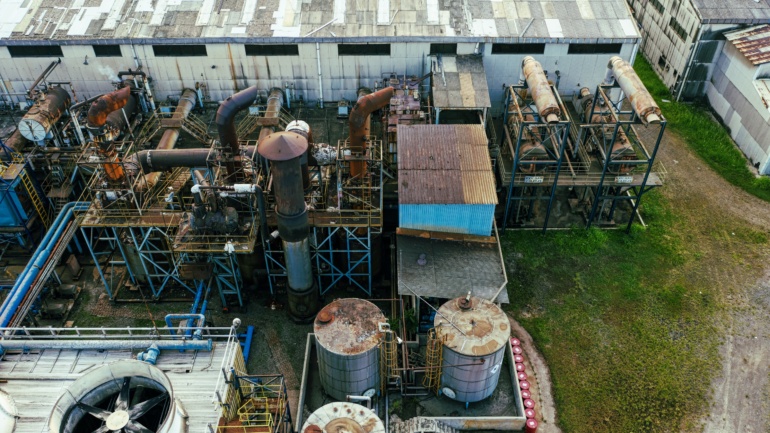By Sophia Arnao, Staff Writer for Save The Water™ | May 25, 2016
As coal continues to be a primary energy source in the United States, the question remains: how do we deal with all the toxic byproduct we get from burning it?
A recent study from Duke University shows how the oxygenation of a coal ash disposal site can lead to a change in how it will affect which chemicals are more likely to leach into the environment. The researchers used microcosms, or small-scale models of the environment, to replicate conditions that might be present in a normal coal ash pond. The chemicals studied were arsenic, a toxic carcinogen in its inorganic form, and selenium, an essential nutrient for humans that can be toxic for aquatic life in high concentrations.
The study said that when oxygen was not present in the system, levels of arsenic leaching out were higher than levels of selenium. However, when oxygen was present, the trend flipped.1
Learning from History: Coal Ash Contamination
In 2014, after one of power giant Duke Energy’s disposal sites spilled around 39,000 tons of coal ash and 27 million gallons of contaminated water into a nearby river, it became necessary to seek out a means for preventing similar incidents in the future with other coal ash ponds. This ecological disaster became an example of what could happen if we ignore other sites.
One proposed method was to drain and filter out the water and then cover the remaining sludge with a liner and soil, turning into a “landfill” of sorts. However, a professor who worked on the study claims this might not be the best option, as it could change the state of oxygenation.
Dr. Heileen Hsu-Kim said, “When you cap a site, you’re separating it from air. And if the buried waste goes anaerobic, it could enhance the leaching of some elements, leading to more contamination than expected.”2
Preventing widespread contamination is very important, as it can wreak havoc on both humans and the environment for years. For at least a year after the Duke spill, contamination remained for many nearby homes. The Department of Environment and Natural Resources tested water for 117 of these neighbors, and 87 exceeded groundwater standards. However, many of the results came with warnings not to use the water for drinking or cooking, so clearly, the water is not as safe as it should be.
Interest in Other States
More recently, many residents near Richmond, Virginia have been worrying about contamination from nearby Dominion Virginia Power, as many of their wells have tested positive for typical coal ash contaminants including arsenic, lead, and boron (Henderson, 2016).
Dominion plans to seal off one of its coal ash sites at Bremo Power Station, and to begin the process, they will remove and treat the wastewater by separating the metals and filtering the water, which will be released into the James River once it is deemed “clean.” The metal sludge will eventually be covered in the proposed “landfill” style.
But before they make the final decisions, it is important that those involved consider the implications of their actions and ask themselves questions as the researchers at Duke University would see fit. Would covering the impoundment change the oxygenation in a way that would be dangerous to the environment? Is there a bottom liner in the pit or will the chemicals be able to leach out through the ground?
Coal ash ponds are an unfortunate result of the energy we so depend on, and as for the ones that already exist, we must think of ways to contain them indefinitely. But as for the ones that don’t exist yet, maybe we can just not build them in the first place. Perhaps we can save our money and effort that we might use trying to clean up accidental ash spills years from now, and instead focus on finding new forms of energy without such a harmful byproduct.
References
- Grace E. Schwartz, et al. 2016. “Leaching potential and redox transformations of arsenic and selenium in sediment microcosms with fly ash,” Applied Geochemistry, 2016. DOI: 10.1016/j.apgeochem.2016.02.013
- Ken Kingery. April 13, 2016. “Oxygen Key to Containing Coal Ash Contamination.” Duke University. http://pratt.duke.edu/news/oxygen-key-containing-coal-ash-contamination




